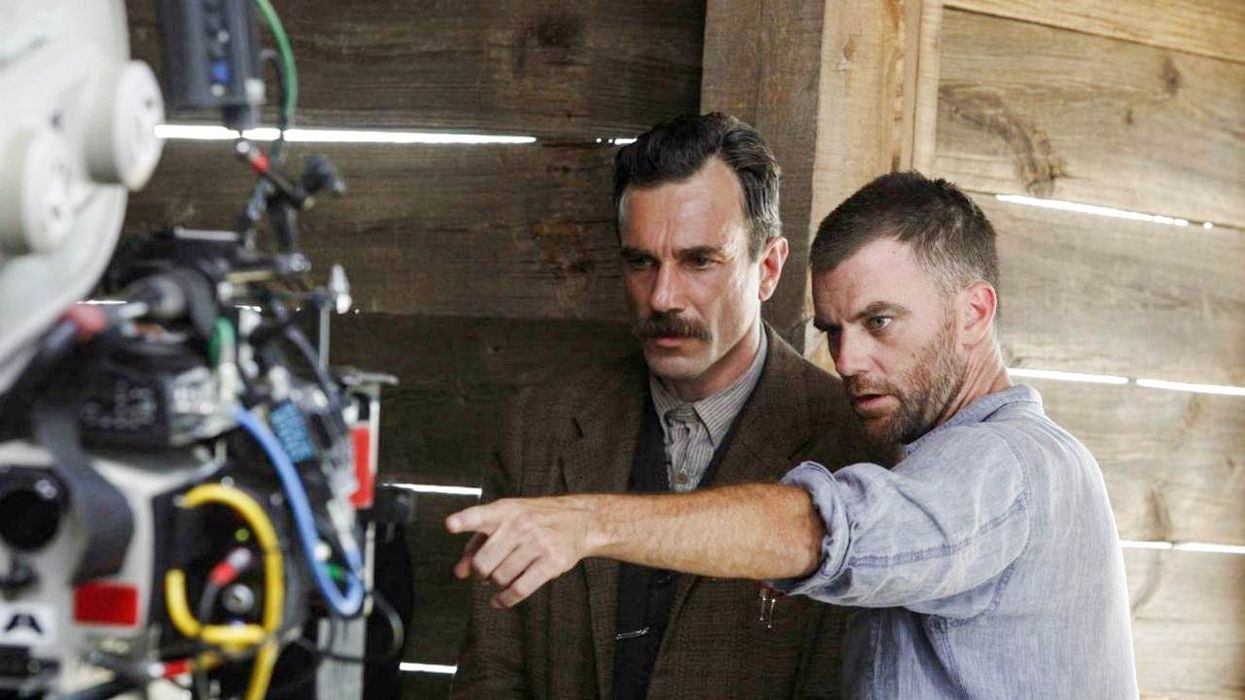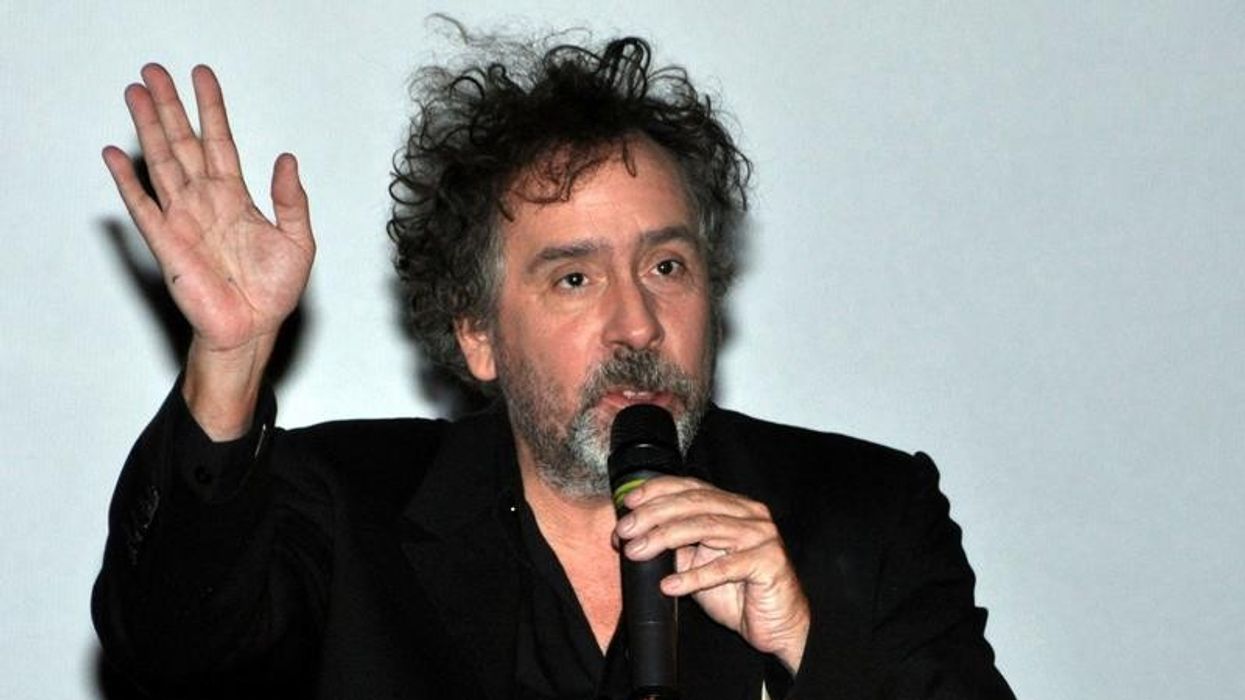From 'Boogie' to 'Master': The Evolution of P.T. Anderson's Film Style

P.T. Anderson is a director who has worked within the Hollywood system for almost his whole career and yet managed to maintain an independent spirit exemplary of the sort of personal work typified by the best of indie cinema. He is also a director whose style has undergone a dramatic evolution since the relatively recent start of his career. We investigate some of the homages Anderson has paid to some of the greatest directors in cinematic history, like Martin Scorsese, Robert Altman, and Mikhail Kalatozov, as well as his ever-evolving, maturing style.
The one constant in all of Anderson's films (save, arguably, Punch Drunk Love, the palate-cleansing sorbet in his filmography, if you will; here's an article that details some of the influences in that film) has been thematic rather than visual, and that's the strained relationship between fathers (whether biological or surrogate) and sons, from Burt Reynolds in Boogie Nights to Philip Seymour Hoffman in The Master. Anderson is also a perfect example of a No Film School-style filmmaker, famously attending NYU's prestigious Tisch School of the Arts (known for graduating talents like Martin Scorsese and Spike Lee), and dropping out after a few weeks.
It could be argued that style is personality filtered through influence, and Anderson's influences have been excellent, probably owing to his voracious appetite for films. Part of being a director is having good taste, and Anderson's frequent collaborations with DP Robert Elswit, his taste in actors, and his influences have all generally been impeccable. Take Mikhail Kalatozov's 1964 masterpiece I Am Cuba, whose rooftop party (the whole thing is great, but the quoted sequence starts around 2:30) was paid tribute in Boogie Nights (oddly enough, also from 2:30 on):
Young Anderson's films were drunk with movement, and frequent and exuberant use of the Steadicam (though, it should be noted, I Am Cuba was made in 1964, about fifteen years before the invention of the Steadicam). Boogie Nights is a prime example, from the aforementioned pool party to the opening sequence, and its resemblance to Goodfellas' legendary Copacabana long-take. (The Boogie Nights sequence below also makes use of another Scorsese device, namely the slow-motion closeup, seen to great effect in other scenes in Goodfellas, and, famously, in Raging Bull.) This is not to say that Scorsese was Anderson's only influence here; it's just that we only have so much space! And Anderson has used the Steadicam throughout his career. It made frequent appearances in Punch Drunk Love, for instance, but its use was much more restrained.
Like another of his influences and heroes, Robert Altman (for insurance purposes, Anderson worked on Altman's last film, A Prairie Home Companion, as a "back-up" director) Anderson has made use of a steady repertoire of performers, and, lest we forget, Altman made use of devices such as the long-take to great effect in films like Nashville. Lately, though, Anderson's films have been growing less visually kinetic, as he has begun to explore the use of elements within relatively static frames. According to an essay by the British Film Institute:
[Anderson is] providing multiple steady points of visual focus for the viewer, as demonstrated in this scientific study by the Dynamic Images and Eye Movement project, that tracked the eye movements of several viewers to see what they were looking at in the frame. This steady multiplicity of focal points is something radically different from Anderson’s earlier films, where one dominant point of focus takes our eyes through the shot.
I have previously written about how NLE systems have had an effect on ASL (average shot length), and it would be interesting, as the quoted article points out, to run Anderson's films through the Cinemetrics software, which compares the length of shots in a film. It seems as though in recent years, Anderson has been influenced more by Terrence Malick and John Ford than Scorsese.
One element that has remained consistent throughout his career, though, has been Anderson's consistent use of the closeup. Ali Shirazi recently produced a video which discussed use of the so-called "Golden Ratio," 1.618, a number found in art for thousands for years, in There Will Be Blood. Now he's made a video featuring Anderson's use of the closeup, part 2 in his series on the director's style.
No matter if the aesthetics of the film are relatively kinetic or static, this video highlights that certain elements of Anderson's style have remained consistent from film to film, no matter what.
What do you think? Do you like P.T. Anderson's shift from the speed of Boogie Nights to the more contemplative pacing of films like The Master? Do you think Shirazi has a point in his choice of films? How big a role do you think Anderson's work with DP Robert Elswit has played in his style? Let us know what you think, in the comments!
Link: Punch Drunk Love Influences -- A2Pcinema
[via Ali Shirazi]











